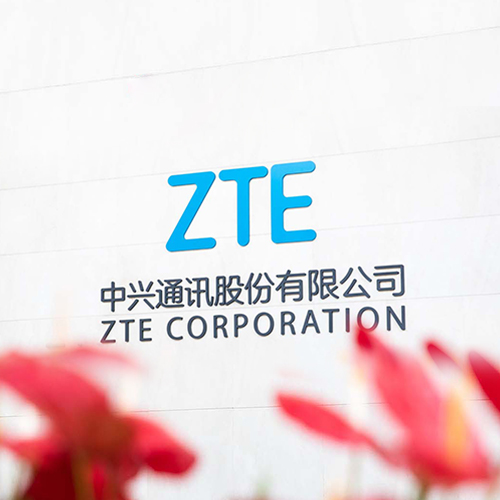10 August 2016, Shenzhen, China – ZTE Corporation (0763.HK / 000063.SZ), a major international provider of telecommunications, enterprise and consumer technology solutions for the Mobile Internet, today announced that it has been named as a leader for its end-to-end long term evolution (LTE) solution in the new Gartner Magic Quadrant for LTE Network Infrastructure 2016.
This Magic Quadrant evaluates the worldwide market for end-to-end LTE network infrastructure and includes 10 vendors that provide both radio access and core network elements for LTE.
ZTE is one of the key players in the LTE mobile infrastructure market. It places strong emphasis on China and other Asia Pacific markets, and it has made some progress toward becoming a bigger international player, with some good user-case reference, such as Telenor Group. The experience gained from LTE projects in China has helped ZTE break though into some key new markets such as South East Asia, India and Europe. ZTE recently unveiled its pre-5G initiatives which commercialises a series of 5G technology solutions for implementation on top of the 4G network.
ZTE is a leading supplier in the Chinese 3G/4G market and a key player in the global mobile infrastructure market. This provides it with a steady revenue stream and significant network-building experience.
ZTE continues to demonstrate, test and interoperate advanced capabilities with communication service providers (CSPs) — for example, massive multiple input, multiple output (MIMO) and cloud radio — in order to gain mind share and market share. It has become increasingly visible in Asia (for example, in SoftBank's LTE network in Japan and China Mobile's time division duplexing/frequency-division duplexing (TDD/FDD)-LTE network in Hong Kong), Europe, the Middle East, Africa and Latin America. It can also use its fixed-line products and relationships in these markets to help it access CSPs wanting LTE upgrades and to deepen its cooperation with them.
Feedback from CSPs includes praise for ZTE's flexibility and responsiveness specifically during the initial rollout phase. Its recently improved marketing communications could also help it gain visibility.
Gartner says, although ZTE is branching out from China as it gains more contracts and a wider footprint in international markets, it still needs to boost its presence and mind share in more countries. ZTE could benefit from hiring more local support engineers with local network knowledge and language skills as it becomes more international.
